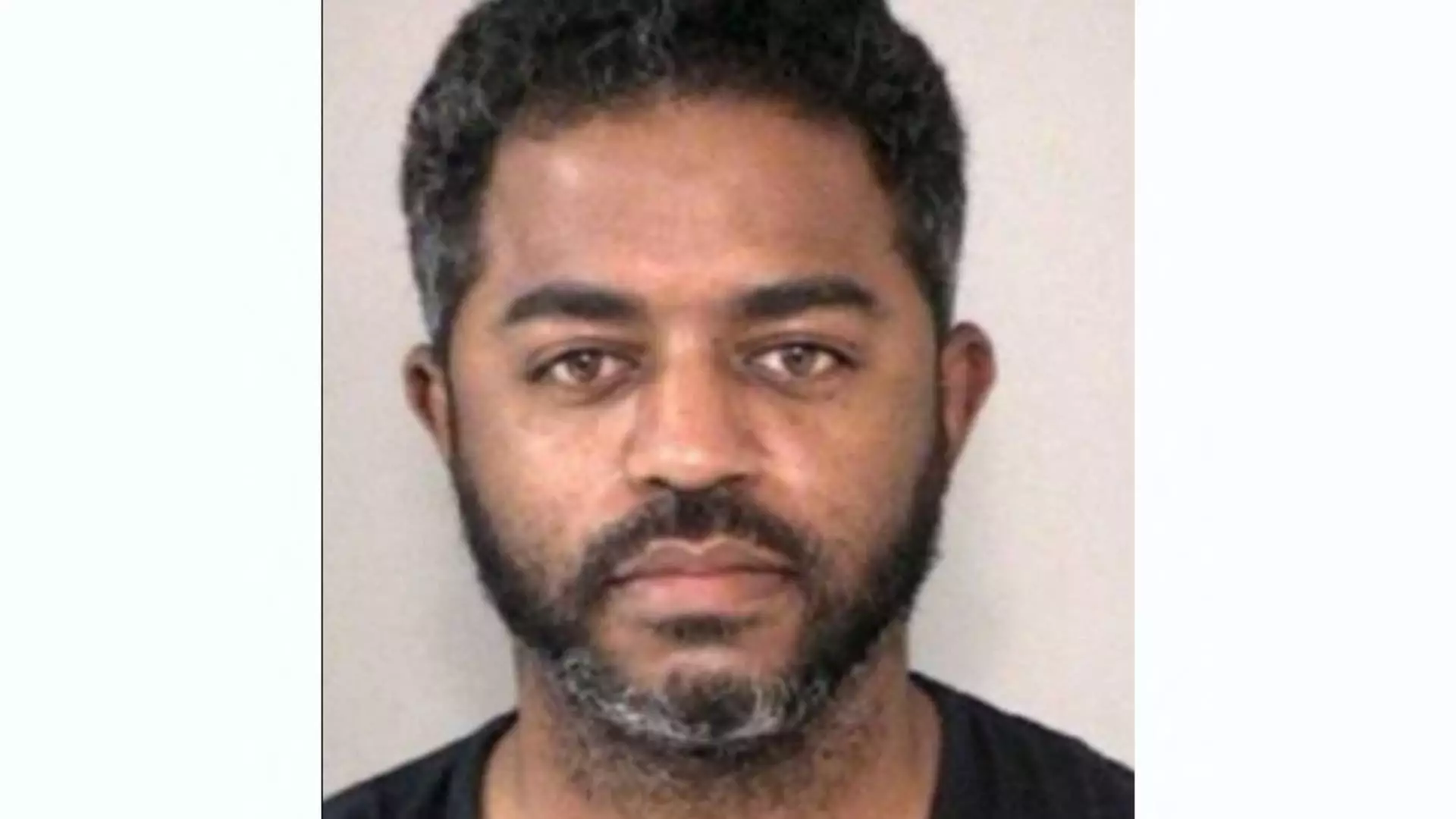On New Year’s Day, a devastating attack unfolded in New Orleans, resulting in the tragic loss of 14 lives. This shocking act of violence was executed by Shamsud-Din Jabbar, a 42-year-old U.S. Army veteran, who drove his pick-up truck onto a crowded Bourbon Street. The attack was reportedly influenced by ISIS ideologies, highlighting an alarming increase in domestic terrorism aligned with extremist groups. As pedestrians celebrated at the stroke of midnight, Jabbar’s actions transformed a joyous occasion into a scene of horror.
Authorities have revealed that Jabbar had intended to escalate the devastation even further. He had reportedly placed two explosive devices on Bourbon Street, which he planned to detonate using a transmitter. However, a significant aspect of this case is the failure of these explosives to detonate. Investigators are currently scrutinizing whether this malfunction was due to technical difficulties, an oversight in the activation process, or possibly some other factor. The recovery of the transmitter and firearms from Jabbar’s vehicle has not only raised critical questions about his methodology but also about the overall threat posed by such explosives.
A particularly alarming detail disclosed by federal investigators is that Jabbar employed a highly uncommon explosive compound in his devices. This type of explosive has not previously been utilized in domestic or European terror attacks, posing serious questions about Jabbar’s background and his ability to produce such dangerous materials. As investigators delve into his past, they are focused on how he acquired knowledge regarding the synthesis of these explosives—a matter of significant concern given the potential for similar attacks if such information were to be disseminated among extremist factions.
In addition to the attack, Jabbar is believed to have set fire to a rental property in the area, where materials pertinent to bomb creation were subsequently discovered. This attempt to cover his tracks only intensifies the scrutiny on Jabbar’s actions and motivations. Firefighters arrived at the scene of the blaze shortly after the attack had occurred, but miraculously, the fire had burned itself out before causing further damage. This fortunate occurrence allowed investigators to retrieve crucial evidence that could shed light on Jabbar’s intentions and methods.
The FBI has made it clear that their investigation is still unfolding, though they have stated that Jabbar acted independently. The broader implications of this attack resonate deeply within the community and the nation at large, raising concerns about public safety and the preparedness of law enforcement to handle such extremist threats. As the nation mourns the loss of the victims, a period of reflection begins, underscored by a visit from President Joe Biden and the First Lady to honor those affected by this tragedy. This incident serves as a haunting reminder of the vulnerabilities present in our society, necessitating ongoing vigilance against potential threats of terrorism.


Leave a Reply